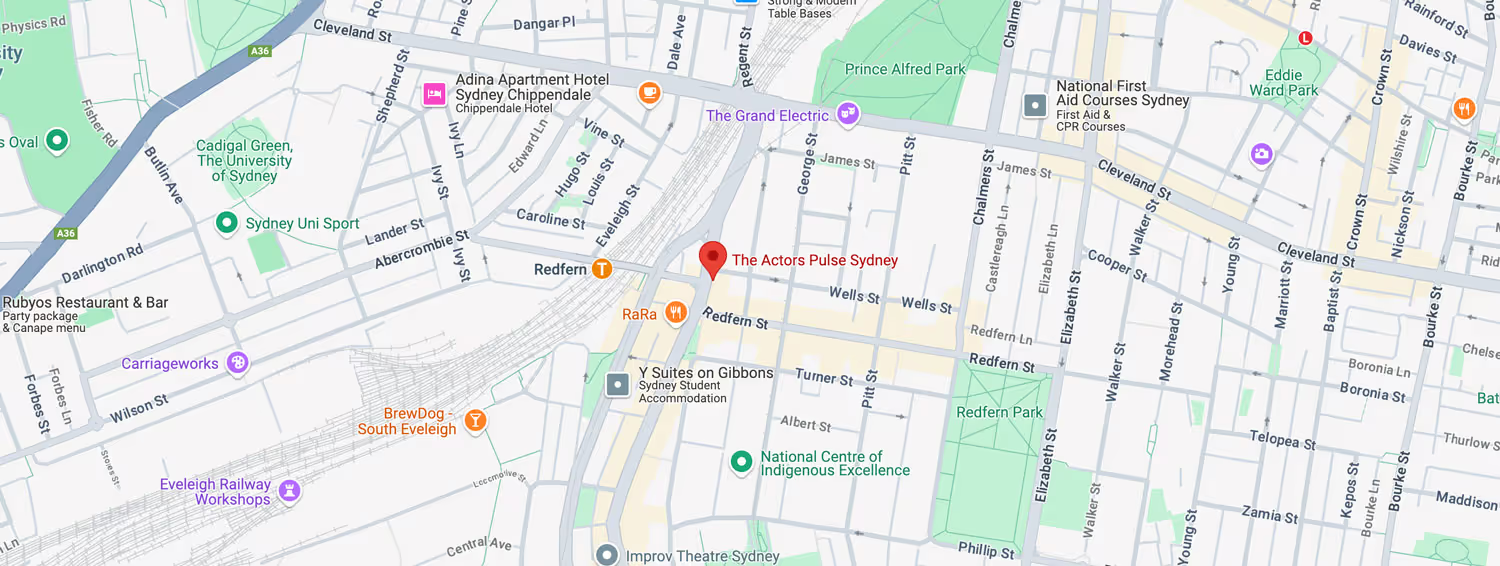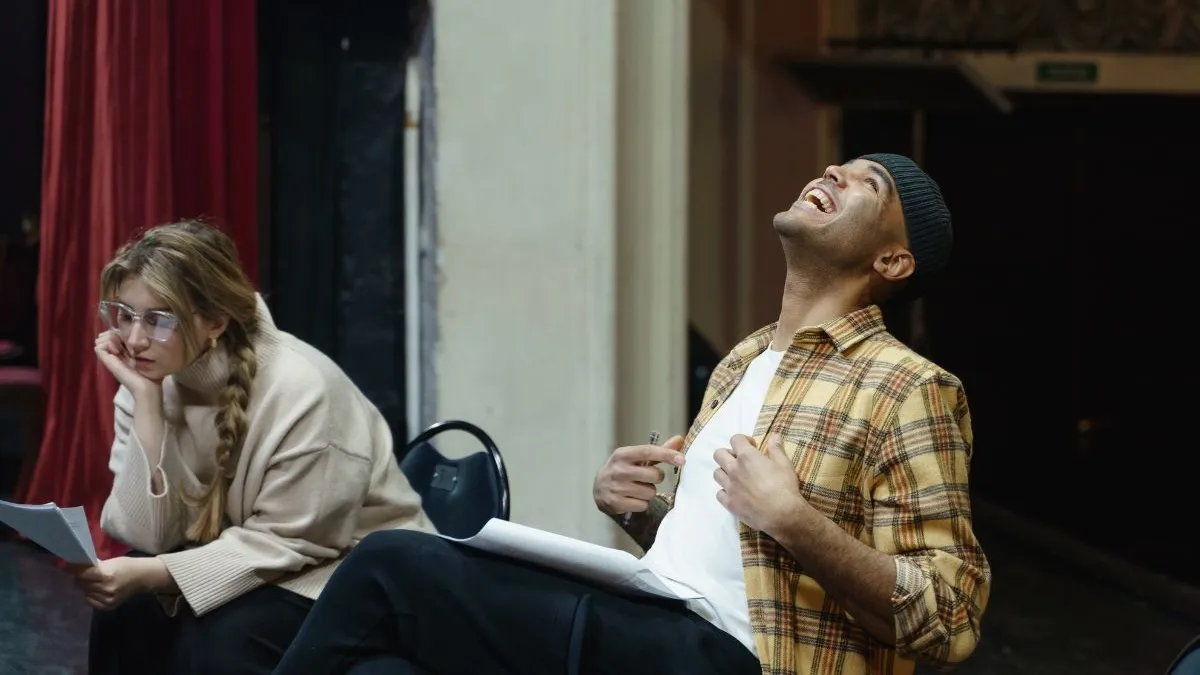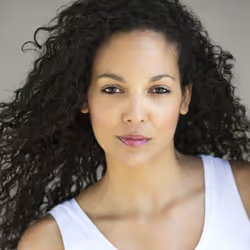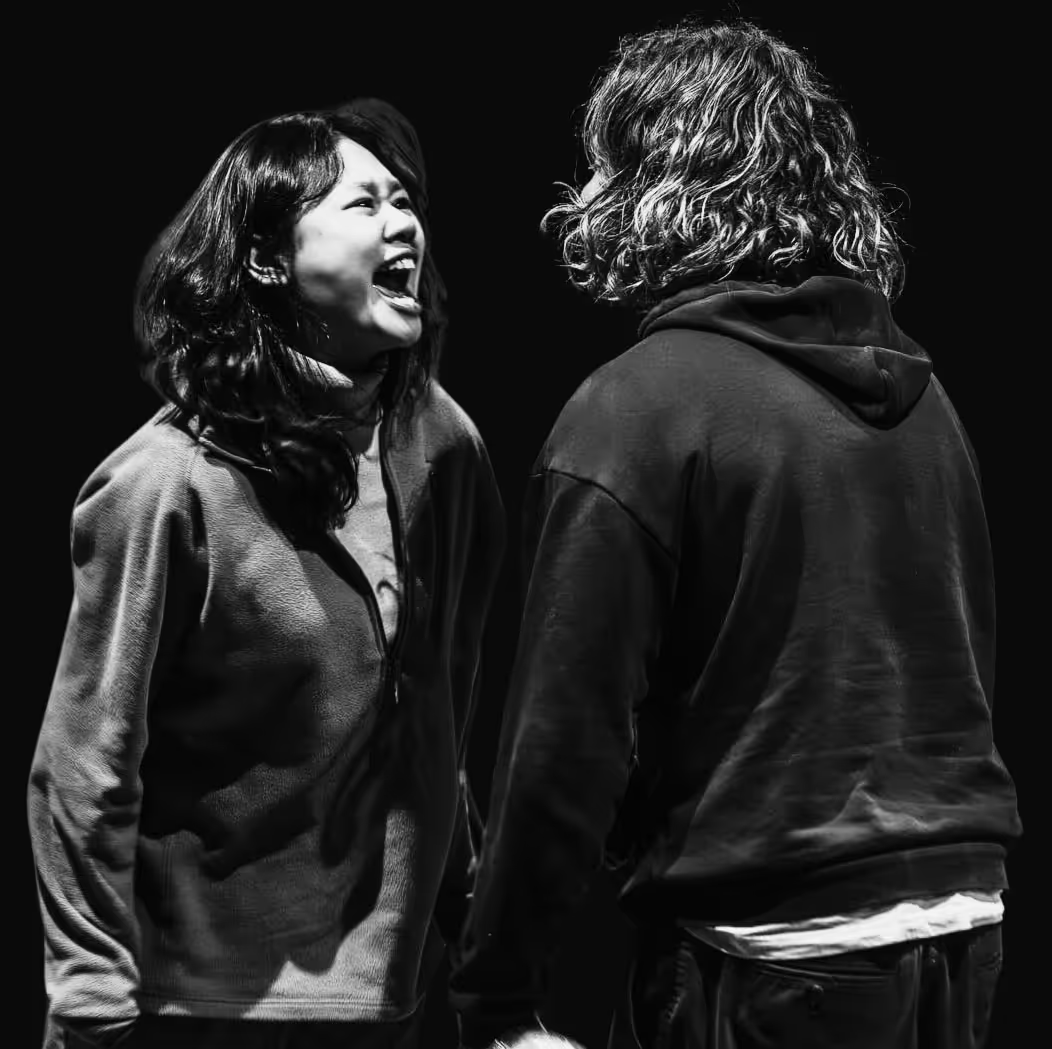
Contact Us
Get in touch with us using the form or details below. We look forward to hearing from you!


Are you intimidated by the idea of a cold read audition? We’re sharing our expert tips on how to ace a cold reading audition, stand out from your competition and get the part!
Let’s begin by explaining what a cold reading audition is. Cold reading describes auditioning for a role by reading a script or scene that you haven’t previously seen or rehearsed.
You’ll be handed the scene (side) at the audition with little time to prepare or learn your lines; you might only have 5 – 10 minutes to understand the story, environment and develop your character.
In some cases, you may simply be handed the script to act with zero preparation time.
A cold audition gives the casting director a sense of how well you perform under pressure and how quickly you can grasp the part.
Let’s dive into some key tips we share in our classes for The Actors Pulse students on how to do well at a cold reading audition.
Most cold reading auditions will give you some time, even just a few minutes, to review the side. This is your chance to make strong acting choices and decide on how to approach the scene based on the material you have.
After reading through the scene, make some quick decisions and get clear on the character’s objective: What does she/he want?
Establishing a want gives the story a clear direction and your character something to struggle for. Also decide how she/he feels about the other characters and the environment and situation.
Once you’ve made the decisions about who you think the character is, what they want and how they feel about the other character/s, stick with those decisions.
If you feel unsure about the choices you’ve made as you get into the scene, the casting director will pick up on this uncertainty. The scene will become generic and non-specific, which isn’t good for the audition.
Instead, commit to your decision and keep your character’s objective clear in your mind as you work through the scene.
In some cases, there may be an opportunity to ask the director how they’d like the character to be played. However, it’s best to expect that you’ll need to figure this out yourself as often there isn’t time or confidentiality agreements restrict what information can be given.
If you have no time to prepare at all (ie – you’re just handed the script to run with) you’ll need to make choices about your character as the scene progresses.
If the choices you’ve made don’t line up with the casting director’s take on the scene, be ready to take direction. This can be a great opportunity to show how quickly you can handle a complete change in delivery and really highlights your ability to take direction. This is the kind of actor casting directors want to work with.
Staying connected with your scene partner is crucial to deliver a great cold reading audition. Remember, much of acting is reacting.
This means actively listening and responding to what their character is saying in real time. To do this well, avoid burying your head in the script and looking down to your own lines while your scene partner is speaking.
Keep this simple rule; only look at your lines while you’re talking – not your scene partner. Listen to them and make eye contact while they’re speaking and allow the casting director to see your reactions.
How to cold read an audition like a pro? Use your thumb position to keep track of where you’re at in the script. This is a tried and true expert tip to help you keep your place without the need to continually look down at the paper while your scene partner is speaking.
Hold your script at chest level – the director wants to see your facial expressions – and use one of your thumbs to move down the script at the pace of dialogue.
It may not be exact but it will give you a good guide on where to look when your turn comes to speak your lines.
Remember, the casting director is assessing you on how quickly you can interpret the scene based on the material given, not how quickly you can memorise your lines. This is a good thing; it gives you space to improvise in the moment which many actors find very liberating!
While you’re not expected to memorise every line, it can be helpful to commit the first and last line to memory. This allows you to deliver the opening and closing dialogue with conviction and intimacy as you look directly at your scene partner or the camera.
Whether you’re taking a shot at being cast for a screen role or wondering how to audition for a play with cold reading, practice makes perfect…or at least much better.
Grab a script/s and a friend to read with and set the timer for 10 – 15 minutes to prepare. Record yourself delivering the scene as a cold read using the tips above. The more comfortable you get with making decisions about a script on the fly, the more confident you’ll be in a real cold reading audition.
At The Actors Pulse, experienced acting tutors can help you develop the skills to nail a cold reading audition. Explore our full-time and part-time courses designed to take your acting career to the next level!









Get in touch with us using the form or details below. We look forward to hearing from you!
